Apple looked at using single glass panels and touch-sensitive membranes when it was trying to solve its MacBook Pro butterfly keyboard problems, but the now newly-patented technology also solves dust and wear issues.
Due to their design, keyboards are able to be affected by elements gumming up the mechanism, preventing the keys from smoothly lowering and raising when pressed.
While old-fashioned keyboards are less susceptible, the chiclet-style notebook keyboards, like the ones used in the MacBook Pro lineup, may be prone. They can easily be stopped from working efficiently if dust, crumbs, or liquids enter under the keys and impact the mechanism.
This issue was one reason why Apple introduced specifically its third-generation butterfly mechanism. That featured a silicone membrane used both to deflect dust and to quieten typing.
That was in 2018, but a year before, Apple had started filing patent applications for a different solution. The application and the design went through multiple revisions, and was actually granted in 2019.
But all these years later, Apple has been granted the same patent again. Patents get reapplied for, and typically re-approved, whenever there is some significant change, even if that change is not immediately apparent on reading the documentation.
More significant than patent re-filing procedures, though, is that Apple did reapply. In some form, then, this little patent called just "Computer with Keyboard," continues to be worked on by Apple.
It's no longer going to be a fix for the butterfly keyboard, as that is gone gone, and if not entirely forgotten, at least not missed. The butterfly issues are now so far behind us that even a long-standing lawsuit about it has been settled.
Yet the reason that the butterfly keyboard problems are behind Apple is that the company simply reverted to the older and much more popular scissor mechanism. It's such a significantly better keyboard that actually Apple may just stick with it.
However, reapplying for this patent is an indication that the company is still pursuing new keyboard designs — and the glass panel keyboard described in this patent does have potential advantages. That starts with how it removes the need for loose or individual keys, and for any kind of regular scissor or switching mechanism at all.
The patent really describes how a keyboard could be created without moving components. In Apple's proposal, a glass sheet would be used in place of the movable keys, with raised sections to denote where each key is located.
As the user presses down on one of the raised key sections, the keyboard detects the force input to that, "key" and handles it in the usual way within an application.
The use of raised keys would enable the proposed keyboard to offer a form of tactile feedback to users, allowing users to know exactly where their fingers are placed in relation to the center of each key. While this is similar in concept to a virtual keyboard on a screen, such as on a smartphone or tablet, it is much harder to touch type on a virtual keyboard due to not being able to touch the keys.
To provide a level of springiness similar to a normal key's deflection, Apple suggests the use of a raised side wall around the raised key region, which can be configured to deform on input. In some elements, the keys can buckle, with a lower layer including elements to push the key back into place and to detect each press.
As the panel is glass, there is then the further advantage that Apple could include a display under it. That could allow for the key symbols to be defined by a secondary display in the lower section of the notebook, making it relatively simple to change the keyboard layout to a different language or an application-specific version.
Furthermore, side sections could be used as a form of trackpad alongside the keyboard element. This is one area that the patent's illustrations entirely ignore, and instead show solely keys across the whole base of a MacBook Pro.
However, the patent text makes a brief nod to trackpads. "[Substantially] the entire top case, from edge to edge, may define a touch-sensitive surface," it says.
"In this way, touch or trackpad inputs, such as clicks, taps, gestures (e.g., swiping, pinching), and multi-touch inputs, may be detected on any portion of the top case," it continues, "including on individual key regions within the keyboard region as well as on portions of the top case outside of the keyboard region."
While the idea can certainly eliminate the potential for dirt-based keyboard mechanism failures, it also has a byproduct of potentially making the keyboard even thinner, allowing for a bigger battery to be included, or an overall slimmer notebook profile.
As Apple does file a number of patent applications on a weekly basis, the publication of an idea is not a guarantee the concept will appear in a future Apple product, but does suggest areas of Apple's interest.
This is far from the first keyboard-based patent Apple has applied for. Even back in March 2018, around the time it first filed this as a patent application, it alsoapplied for a "keyless keyboard." That used a similar secondary touchscreen display in the lower section of a keyboard, but concentrated more on the use of flat touch panels than versions with keyboard-shaped raised elements.
In February of the same year, Apple was granted a patent for "Dual display equipment with enhanced visibility and suppressed reflections," again suggesting the use of a touch-enabled OLED display as a keyboard.
In August 2018, a trio of filings named "Device having integrated interface system" largely suggested the use of plastic or glass to alter the surrounding area of the MacBook keyboard, and even the keyboard itself, with touch-sensitive capabilities.
The patent is credited to three inventors, including the prolific Paul X. Wang. His previous related work includes a patent application regarding the use of a glass keyboard for strength.
 Malcolm Owen
Malcolm Owen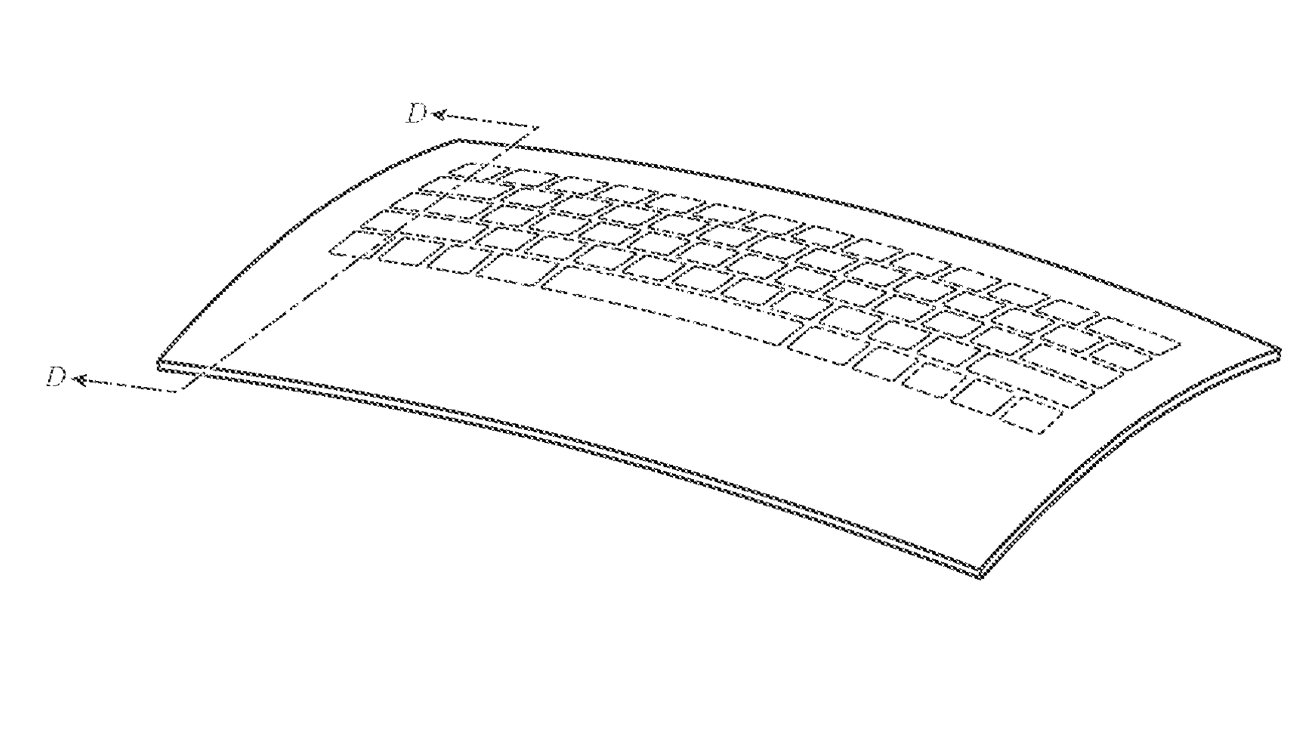
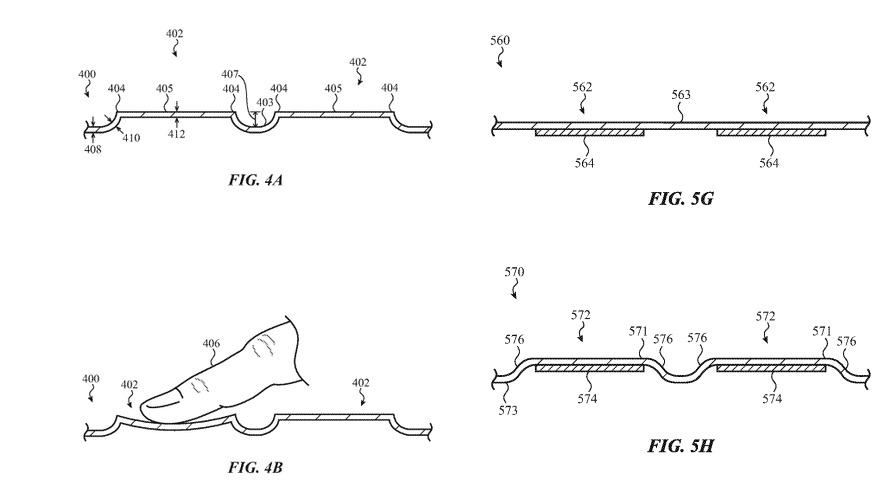
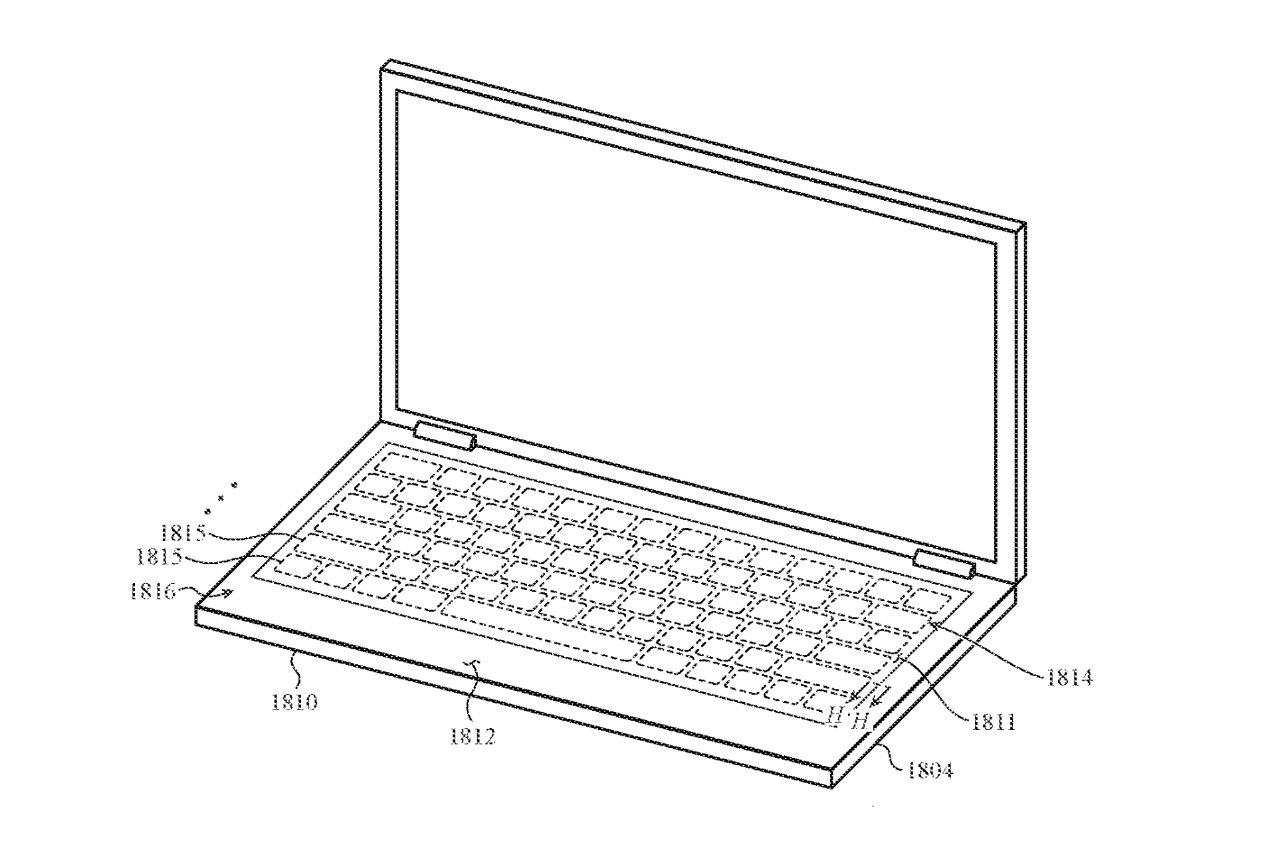
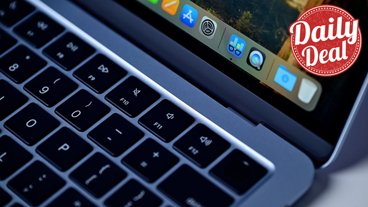
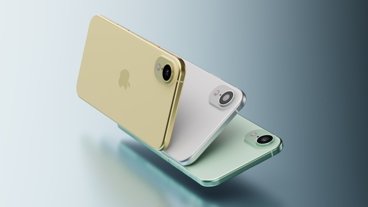


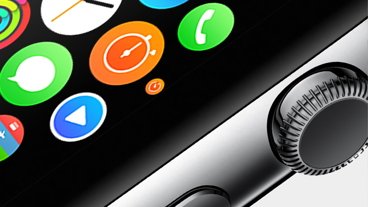


-m.jpg)





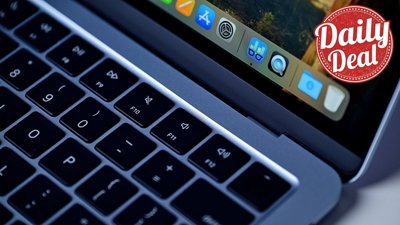
 Christine McKee
Christine McKee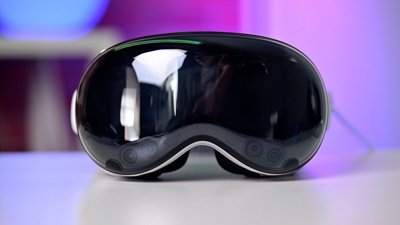
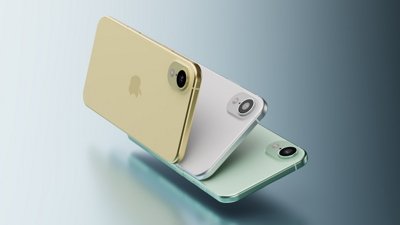
 Marko Zivkovic
Marko Zivkovic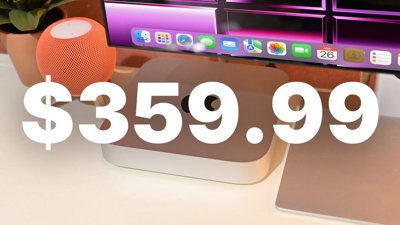

 Andrew Orr
Andrew Orr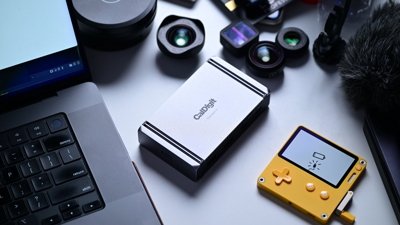
 Andrew O'Hara
Andrew O'Hara
 William Gallagher
William Gallagher
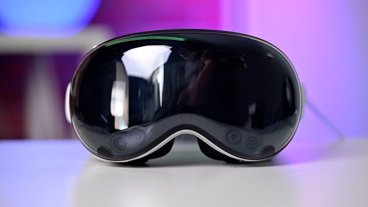
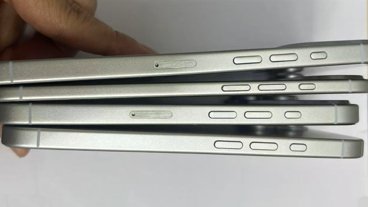


-m.jpg)
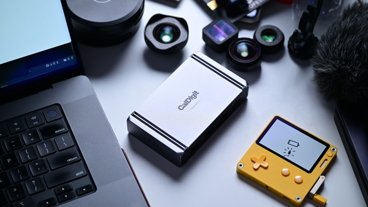


74 Comments
Sounds very unpleasant.
Doing this in a way that doesn't feel terrible will be very difficult. The lack of movement may feel quite odd (I can't see the glass keys deforming a lot). At least the raised key areas will provide some 'layout awareness' to the user. And good use of haptic feedback may provide some useful level of interaction upon a press, although whether it's as nice as a real keyboard is another issue entirely.
Now we know another reason for haptic feedback - a new glass keyboard.
I am certain Apple can make it work - as to if I would want one for production typing is another matter - the "old" keyboards, like on the Old MacBook Air are what I prefer.
I'm sure this would be hard to do. But I still have to remind myself that the press on the track pad isn't an actual click in. I feel like they'd need a ton of haptic engines for this though.
This would have to be pretty thin, bendable glass. Even though such a material exists, it’s got to be somewhat fragile.
as to the feel, I’d like to remind people that expectations for keyboards have changed greatly since the great IBM and Mac keyboards of the past, which were VERY expensive. My Mac keyboard from 1992, which I still have but can’t use, cost $289 back then, almost $600 in roday’s dollars. We expected to spend a lot on pro keyboards, and many computer companies offered that, as well as less expensive models. The keyboard wasn’t included in the computer package because of the cost, and was sold separately.
how may complainers are willing to spend $600 on a keyboard today? I can tell you that the models from manufacturers with “real” Cherry, or equivalent switches aren’t nearly as good as those old keyboards, nor do they last as long.
we’re now used to the short press keys, and they continue to get even shorter and less clickey. Get used to it.